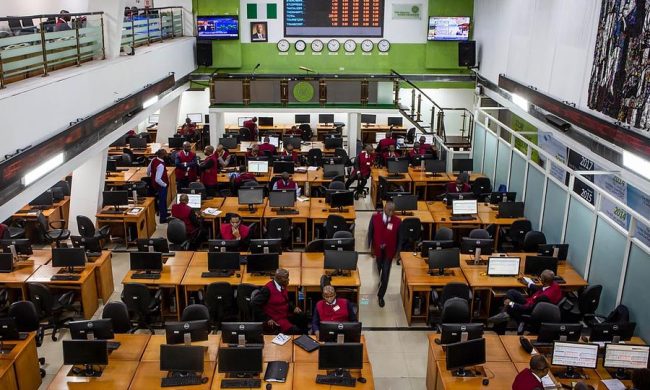Financial services and trust in national financial institutions has been a major problem across the continent of Africa for decades. Not only have central banks earned a poor reputation in many countries, but access to traditional financial services has been limited for millions of people.
Now, though, the rise of mobile phones and the advent of mobile money has almost completely democratised finances in Africa. In Nigeria, specifically, mobile money has been identified as a key driver of a strong economy for many years, with fintech firms increasing in importance and relevance ever since.
Unlike digital mobile wallets, which are also finding a hefty audience, mobile money uses mobile phone numbers with the financial service being built into the SIM card. As such, anyone with a mobile number can send and receive money to others who use the system.
READ ALSO: Truecaller Launches Smart SMS Feature In Africa
The innovative system has taken off across the continent, particularly in Sub-Saharan Africa, and looks to become an increasingly integral part of each nation’s economy. So, what’s driving mobile money and what’s next for the booming financial sector?
Mobile money statistics speak for themselves

Of the increasingly populated mobile money space in the modern scene, none is more famous than M-Pesa. Originating in Kenya, Safaricom came up with the method of money management which would subvert all of the most pressing restrictions, which included low banking penetration and high robbery rates in a cash society.
Now known as mobile money, the method allowed for peer-to-peer money sending simply through a text and a dedicated PIN code. Within one year, M-Pesa had over 300,000 clients. Now, some 900 M-Pesa transactions take place every second in Kenya, accounting for more than two-thirds of total national monetary transactions.
Without a bank account being required, and on a continent with vast populations of people who can’t access a bank, mobile money suddenly made financial services accessible. In Sub-Saharan Africa, the system has been rapidly adopted, with 46 per cent of the total mobile money accounts in the world (over 1 billion) being from the region. The technology is now cited as the catalyst of the continent’s whole fintech revolution in which we currently find ourselves, with mobile money itself being utilised in more than 30 of Africa’s 54 nations.
While Kenya is the home of African mobile money, many other key markets are seeing tremendous growth in adoption. In Nigeria, mobile payments increased by over 390 per cent from May 2019 to June 2020. Furthermore, the sheer volume of payments has skyrocketed, with January 2020 marking a 6.7 million increase in transactions, up from around a mere 725,000, year-on-year.
Growth in Nigeria and across the continent will certainly continue, perhaps one-day making mobile money the primary payment method. Africa is already the world leader, after all, with around 10 per cent of GDP in transactions coming through mobile money.
A growing mobile money economy is key

Aspects like competition, better rates, and quality-of-life enhancements will all be vital to the sector, but most importantly for any fintech application is its usage. When mobile money started, peer-to-peer was its only option because institutions and stores hadn’t integrated the technology to accept such payments. Now, all of that has changed, with savvy businesses leaping at this opportunity to offer a convenient way to pay.
People paying friends and family is still a core use of mobile money, but now it’s become a viable method of paying wages, bills, goods, and services. In fact, its appeal has even reached the entertainment sector in some countries. In South Africa, the flourishing mobile casino scene has quickly adapted to integrate pay by phone options for mobile gambling platforms.
This also includes information about bitcoin, eWallets and wire transfers. Now, mobile casino gaming sites are ranked on their overall quality as well as the presence of pay by phone options. With this payment option available at many of the most popular sites, the industry has been able to grow further in South Africa.
Soon, more and more entertainment services – particularly mobile-based entertainment services – will be inclined to offer mobile money options, thus growing it as a payment service. Already, 55 per cent of bill payments made via mobile money are for utilities, while an average of 35 government agencies per nation in Africa has integrated mobile money providers.
The uses of mobile money continue to grow, which will itself expand the adoption of the convenient payment method. For the services themselves, the next big step will be enhancements on the user side. Aspects like further money tracking records for the user enhanced user interfaces, and the ability to exchange value for other digital forms of value (such as cryptocurrencies), should all be on the horizon for the next step in mobile money across the continent.
As mobile devices become stronger and more accessible, NFC transfers may even rise to prominence on the back of mobile money adoption.
It’s still in its infancy in many parts of Africa, but mobile money looks primed to be the future across the continent, democratising finance for hundreds of millions of people.














